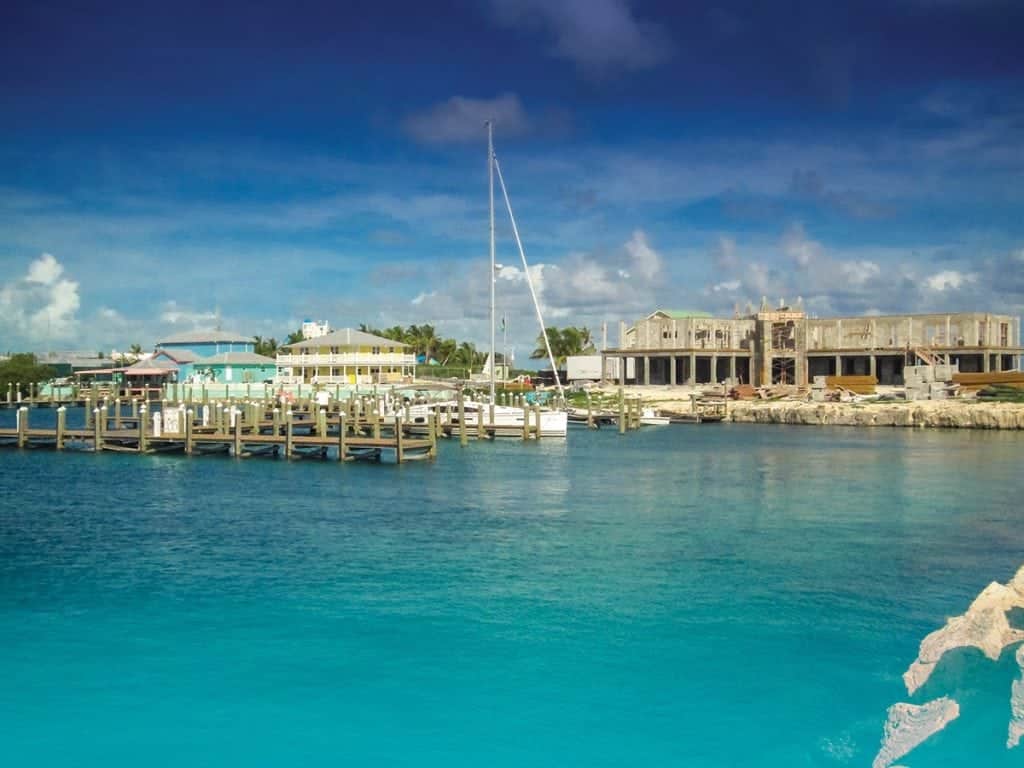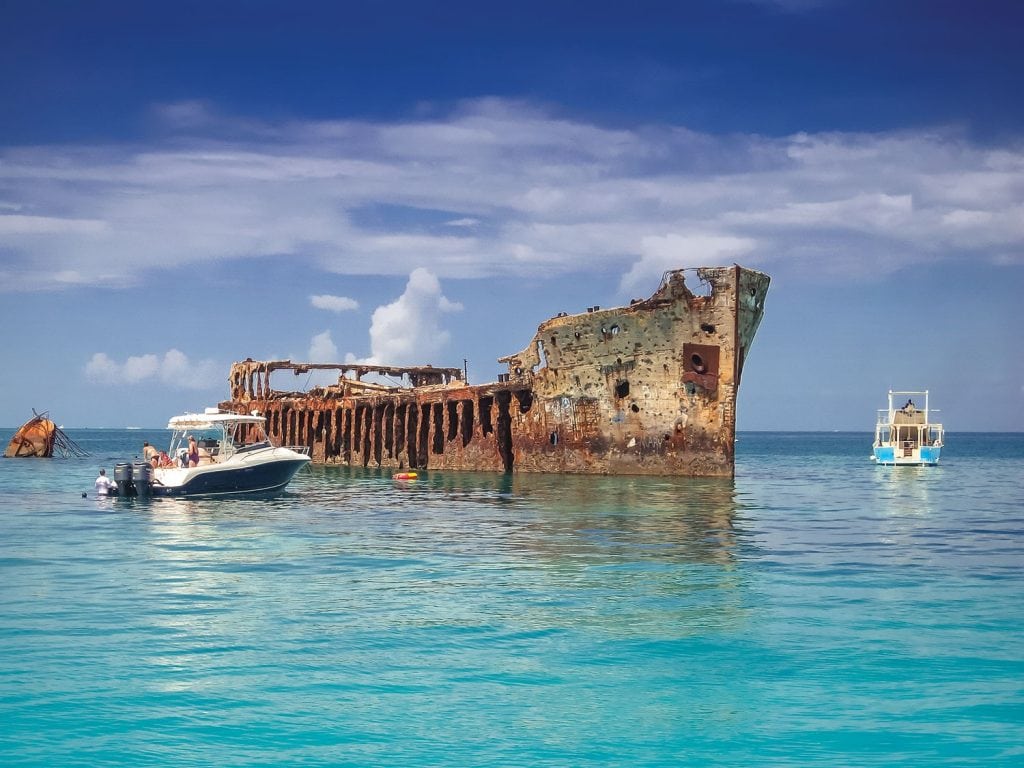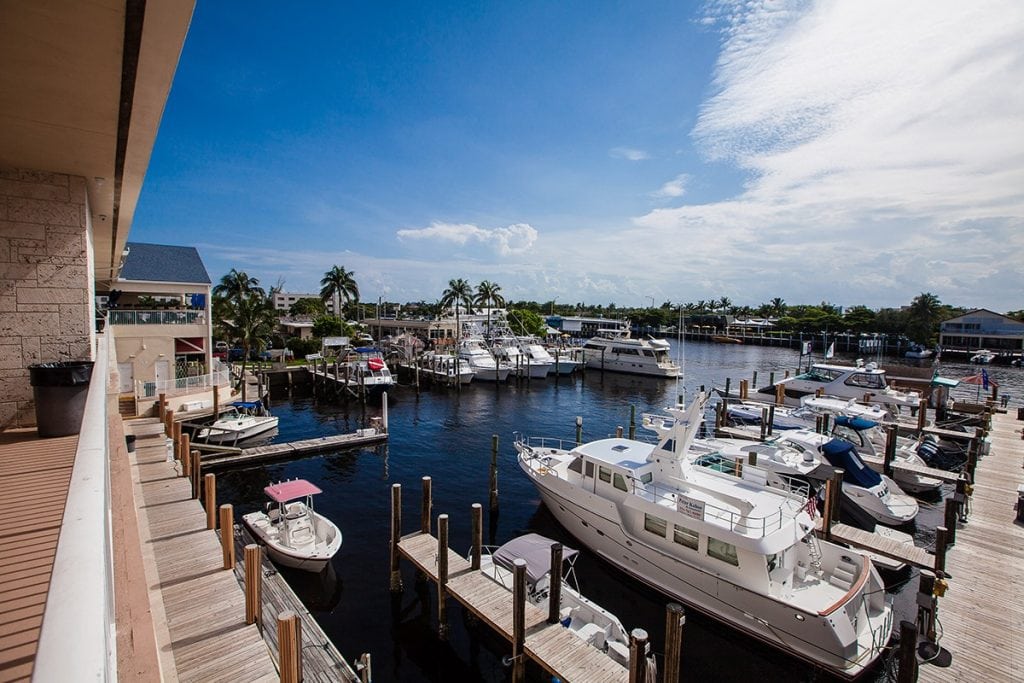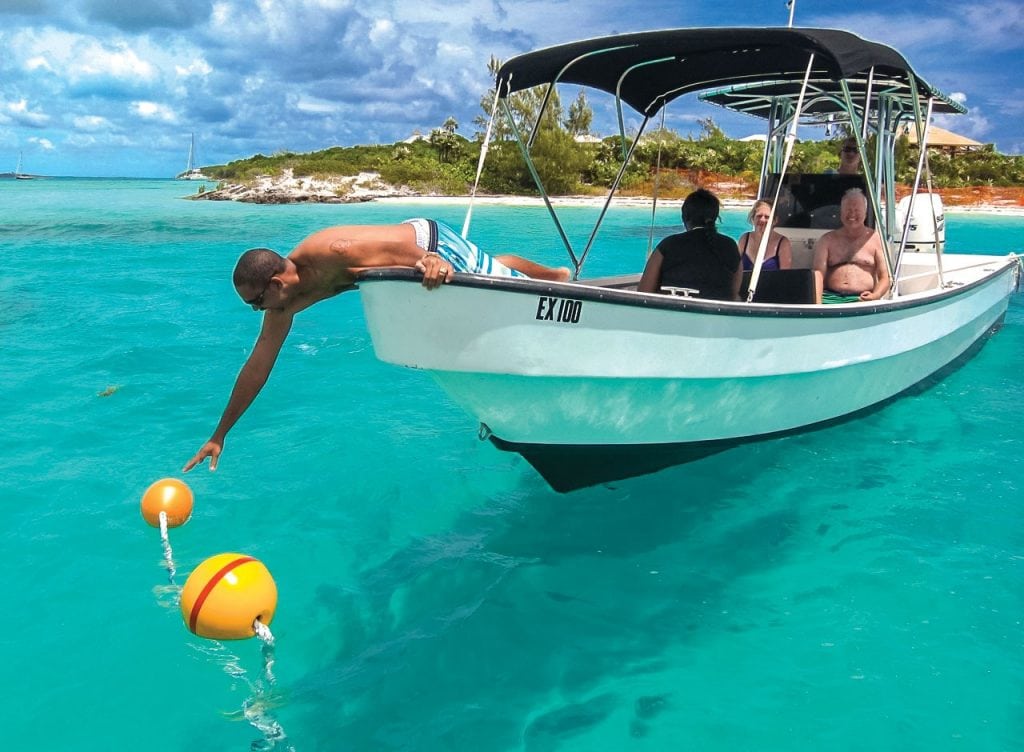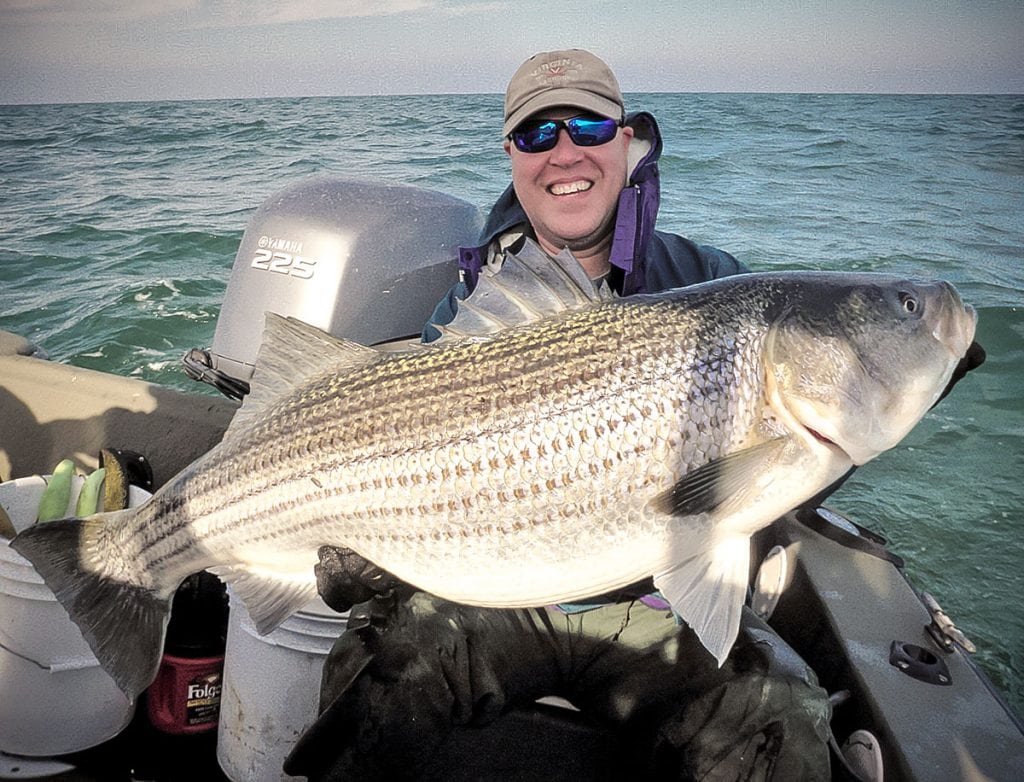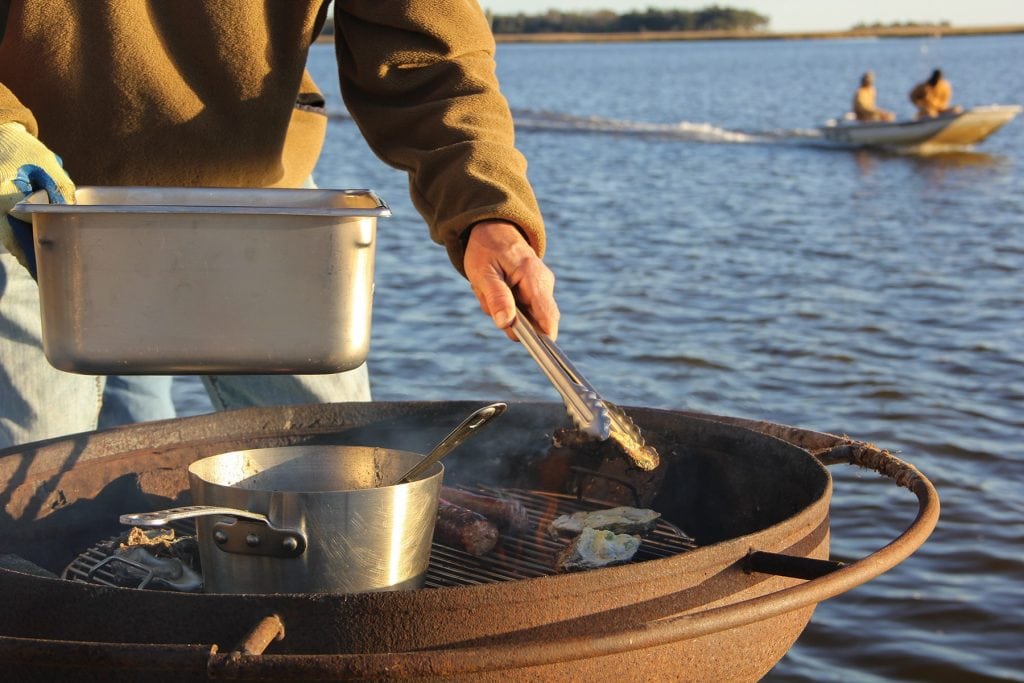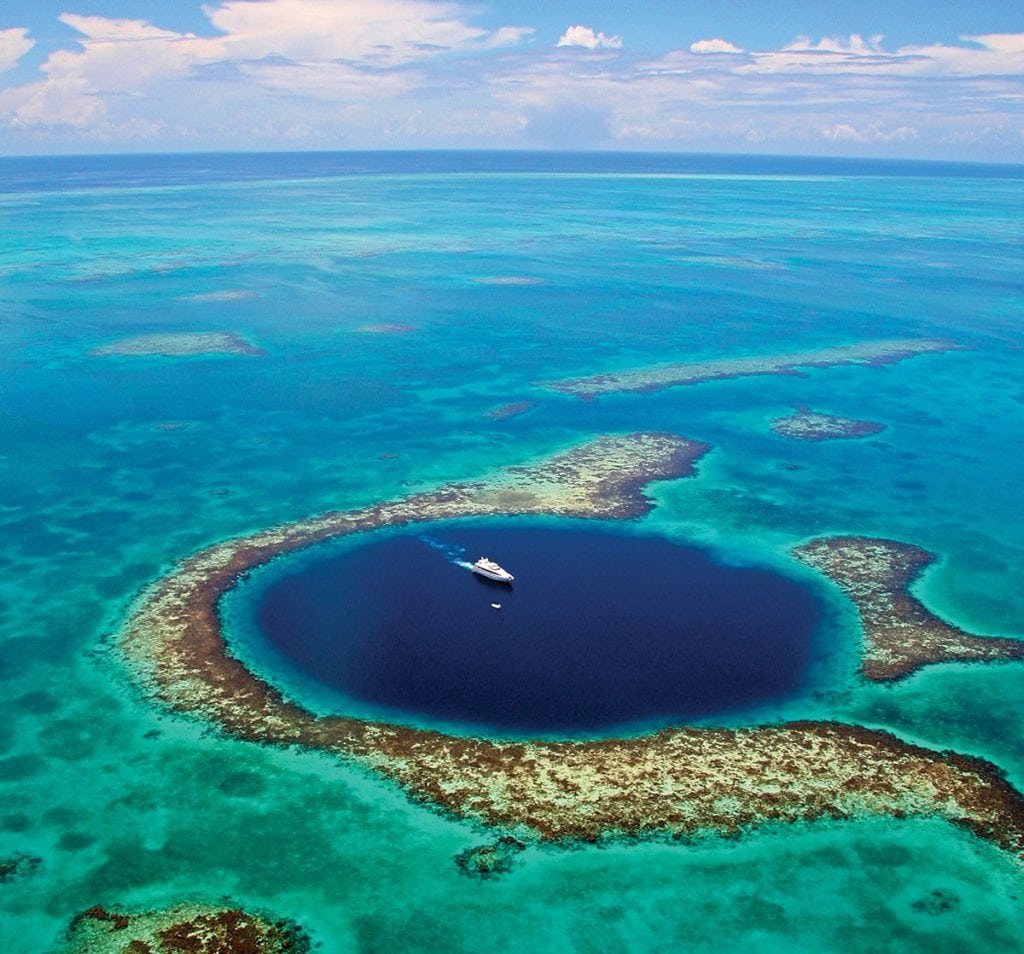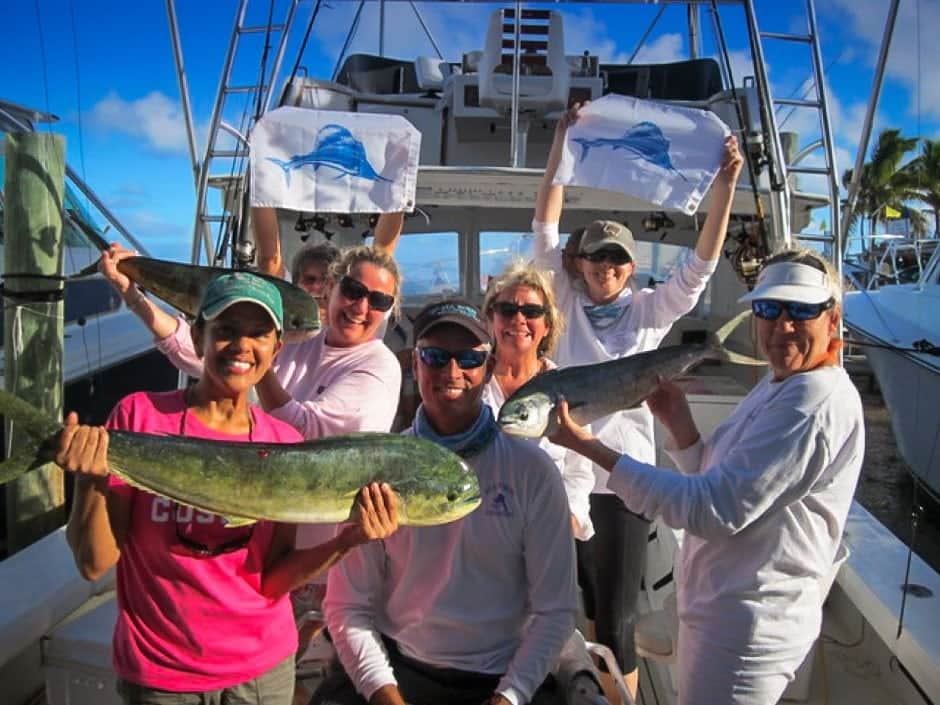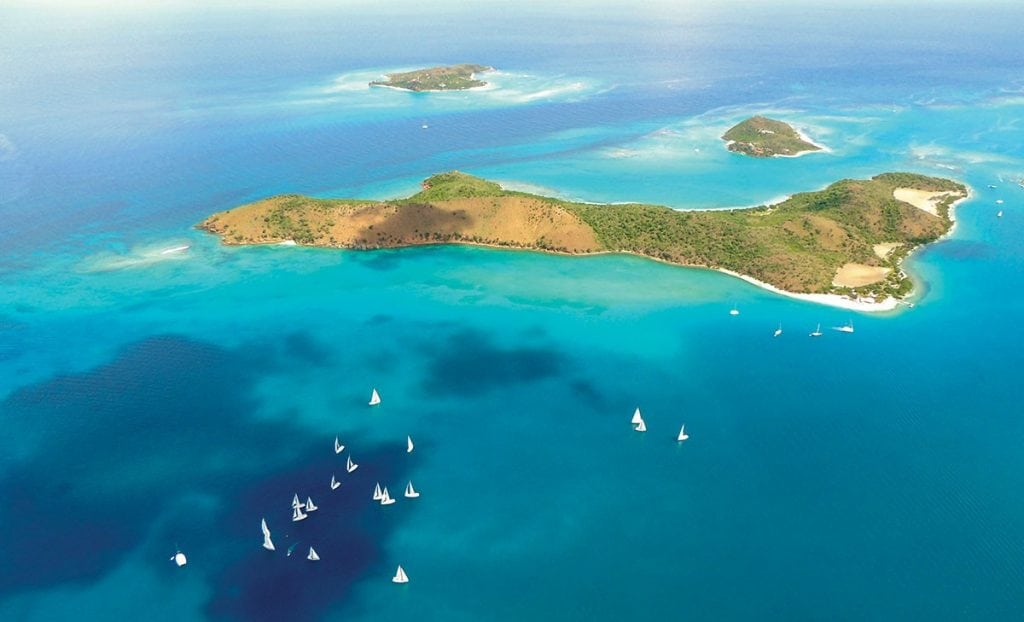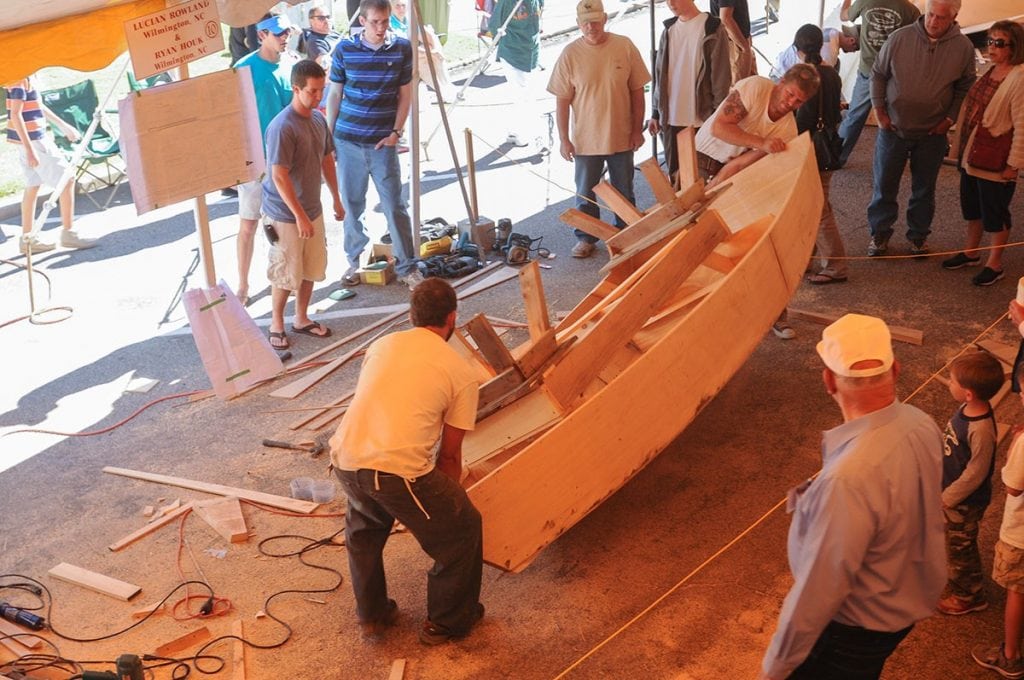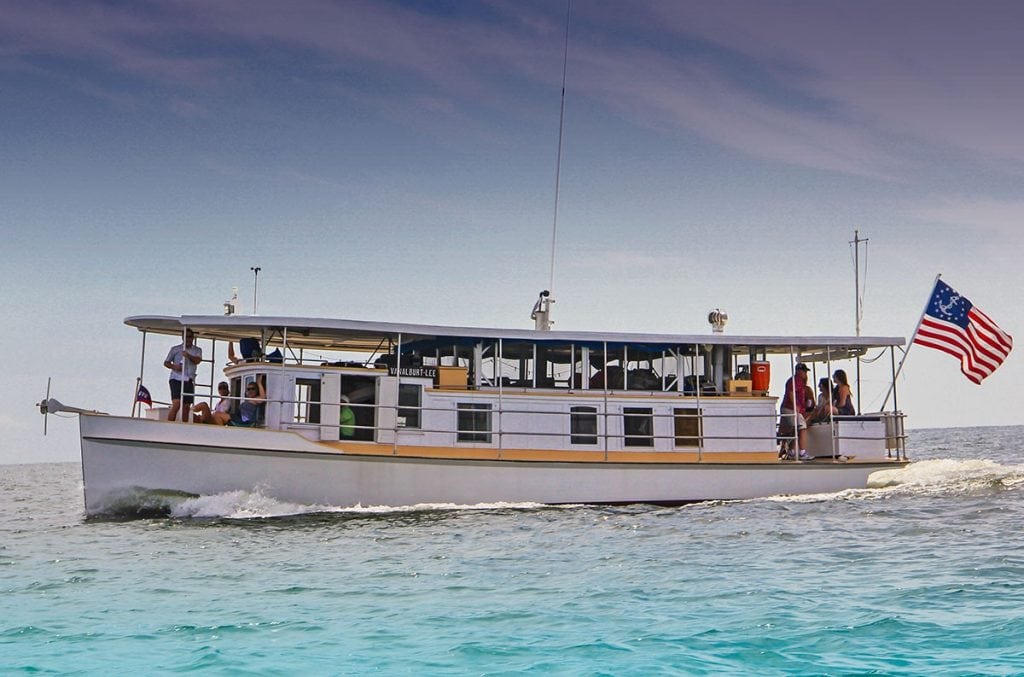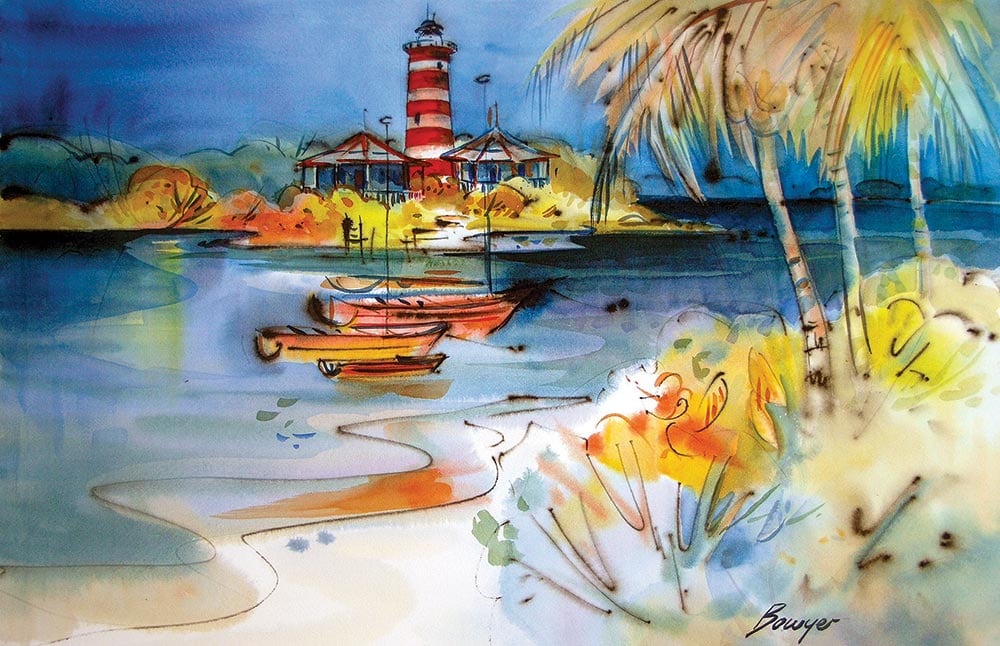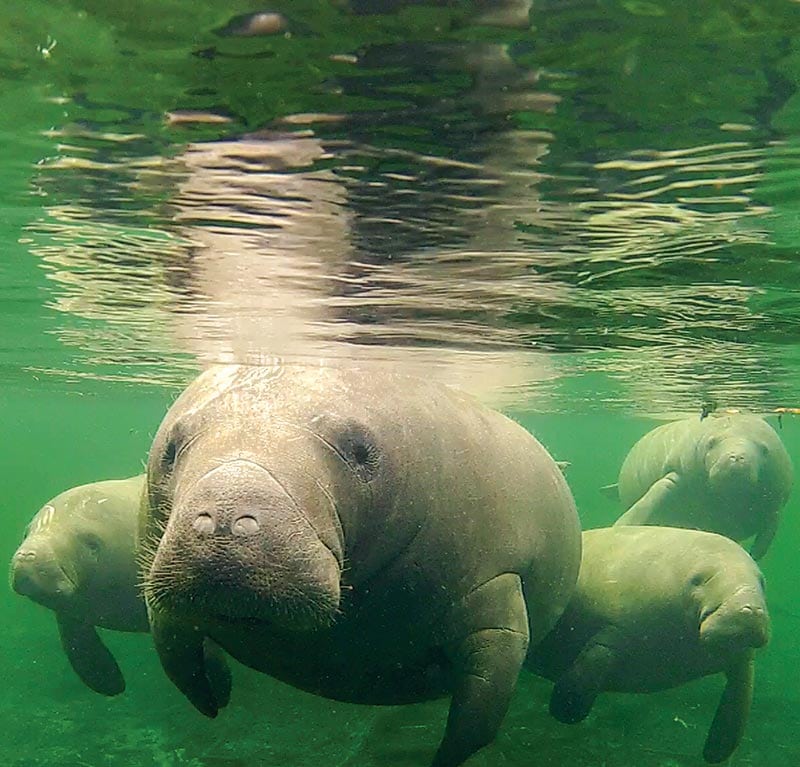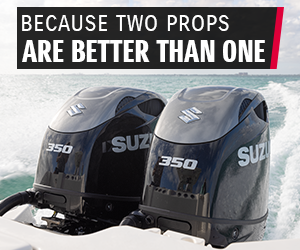Destinations
Destinations: Looking for information for your next cruising destinations? Whether you’re planning a sail in the Caribbean or summering in Newport, our destinations resources will help you plan the perfect excursion. Our expansive cache of destination information includes Monthly regional reports filled with seasonal tips and travel itineraries, Local knowledge on great boating locales, Cruiser resources—complete with photos, Insider tips, marina information and more!
Always Prepare When Cruising The Bahamas
The Royal Bahamas Defense Force (RBDF) is now the primary search and rescue organization in The Bahamas. They work closely...
Read moreDetailsBimini Weekend
One Destination, Two Islands, Three Experiences There are a certain amount of bragging rights that go along with long-distance cruising....
Read moreDetails, Pompano Beach, Florida
Sands Harbor Marina Located just minutes from the Hillsboro Inlet, Sands Harbor Marina is a popular vacation resort with 50...
Read moreDetailsZebra mussels invade Texas
Invasive species are a very real threat and a menace to natural ecosystems across the planet, and the lionfish is...
Read moreDetailsTake care of sea grass and coral when you cruise and anchor in The Bahamas
The Bahamian government is currently drafting new regulations—that include severe penalties—to protect coral throughout the islands. All vessels, from yachts...
Read moreDetailsRocksgiving tournament helps fund two great causes.
Anglers have another opportunity this month to score large migrating striped bass and win large prize money at the inaugural...
Read moreDetailsSouthern Traditions
As the first cool fronts make their way down from the north and with the holidays right around the corner,...
Read moreDetailsBelize, It’s UnBelizeable!
It's UnBelizeable! There is a lengthy list of sensible reasons why Belize belongs on the must-do list when it comes...
Read moreDetailsLadies, Let’s Go Fishing University
Ladies, Let's Go Fishing University Ladies fishing tournaments are plentiful and popular and bring everyone into the excitement of tournament...
Read moreDetailsRace, Sail and Party in the B.V.I.
Relaxation, team racing and partying is the best way to describe the Moorings Interline Regatta, set for October 14-23 in...
Read moreDetailsClassic Wooden Boats grace the shores of South Carolina
October 18-19 marks Georgetown, South Carolina’s 25th Annual Georgetown Wooden Boat Show with 140 classic wooden boats displayed on land and...
Read moreDetailsClassic Vessels Steal the Show
Many unique, historic classes of boats evoke the culture and lifestyle of particular regions in the U.S. simply from their...
Read moreDetailsValentines Resort & Marina—Harbour Island, Bahamas
Harbour Island in The Bahamas is well-known for its natural beauty, soft pink sands and combination of English and Caribbean...
Read moreDetailsFall Brings Seasonal Closings
Seasonal closings begin in September and last until mid-November, causing a noticeable dearth of festivals and events at many venues...
Read moreDetailsFlorida Marina Updates
The St. Augustine Shipyard marina opens this month to provide mariners easy access to historic Old St. Augustine and the...
Read moreDetails
